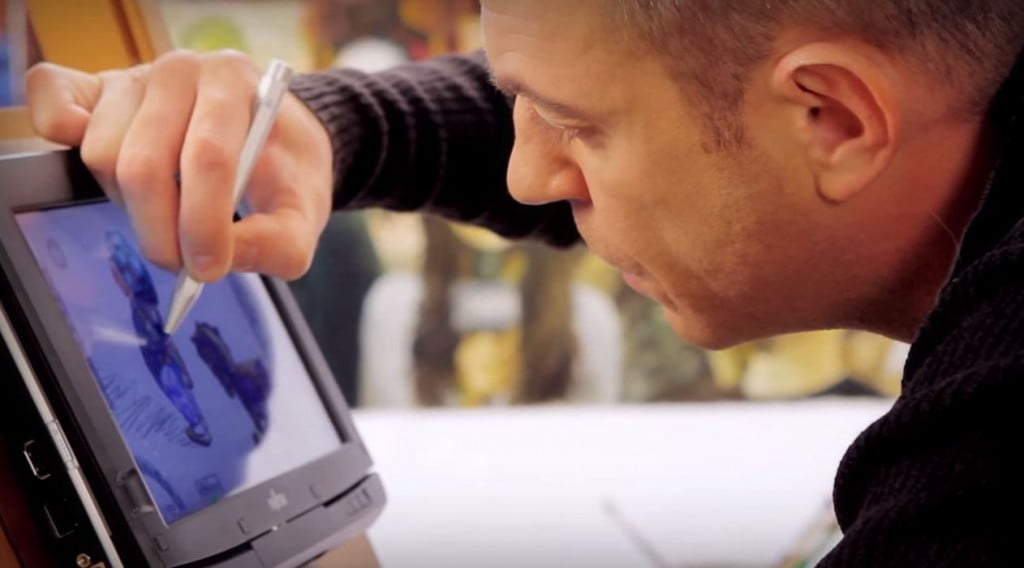This article was first published on The Times of Israel and was re-posted with permission.
Israel’s N-Trig has scored a major victory over a veteran competitor in the pen technology business, an item that is rising from the virtual dead. Microsoft has decided to use N-Trig’s pen technology for its new Surface Pro 3 tablets, taking over from Wacom, one of the world’s biggest makers of pen devices and graphic tablet technology.
Japan-based Wacom is a veteran in the pen and touch arena, producing graphic tablets and electronic stylus devices, known in the business as electronic pens, for over three decades. The company has 80% of the world market for graphics tablets and related products – so the “incursion” of N-Trig into what had been an ongoing partnership between Wacom and Microsoft is a significant win for the Israeli company.
Pen technology harks back to the pre-Internet days of personal information devices like the Palm Pilot, which featured a touch screen of sorts – but one that required users to interface with the screen via a stylus, a plastic or rubber-tipped pen-shaped device. This pen technology, as it was called, remained popular for years – until Apple came out with the iPhone, with its touch technology that proved far more popular than pen.
Palm Pilots are a thing of the past, but the pen technology it required has had a bit of a revival in recent years, as numerous devices – most recently the Surface Pro 3 – have incorporated pen technology, retaining and even enhancing touch capabilities. It’s an example, said Kfar Sava-based N-Trig CFO Eyal Leibovitz, of how consumers today want as much flexibility as possible, flexibility that N-Trig’s technology gives them.
“With our technology, Microsoft was able to make the Surface Pro 3 lighter, because our sensors enable both touch and pen interaction,” said Leibovitz. “Users can thus write on the screen or select and move items with finger swipes, and the manufacturers who we work with, like Microsoft, only have to insert one layer of sensor to enable this, instead of the two usually required.” In the case of the Surface Pro 3, users also get the option of typing onto the screen. Besides pen and touch, users can enter information into the device with a keyboard when its two components – keyboard and screen – are connected.
To continue reading this article on the TOI site, click here.
Related posts

Editors’ & Readers’ Choice: 10 Favorite NoCamels Articles

Forward Facing: What Does The Future Hold For Israeli High-Tech?

Impact Innovation: Israeli Startups That Could Shape Our Future




Facebook comments